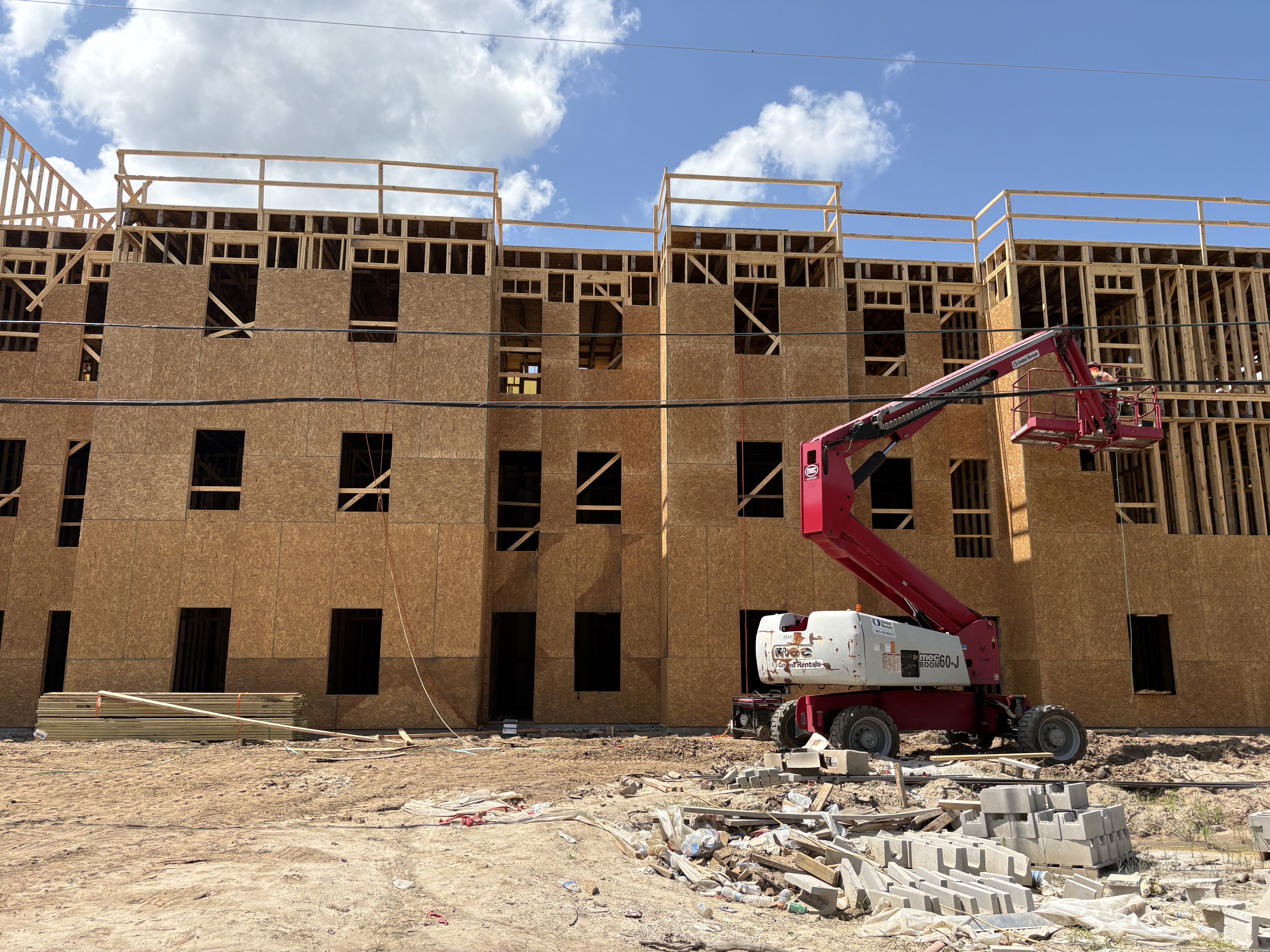Shelters’ impact on animal welfare
Published 3:49 pm Friday, July 11, 2025

Burton Fletcher
Animal welfare plays a crucial role in our society, underscoring the importance of responsible pet ownership, community engagement, and the vital services provided by animal shelters.
In the first six months of 2025, Lowndes County experienced a remarkable influx of 1,950 animals into its shelter, reflecting the challenges and triumphs faced by the shelter staff and the community regarding animal care and prioritization of animal well-being.
Intake statistics
The intake data reveals the diverse population of animals that enter shelters. Among the 1,950 animals, the breakdown showed 725 adult dogs, 320 puppies aged up to five months, 454 adult cats, and 451 kittens under the same age category.
Trending
Stray animals made up a significant 61.2% of all intakes. This highlights a common issue of unmanaged pet populations and underscores the need for increased community awareness about pet identification and responsible breeding practices.
The statistics on owner surrenders and euthanasia requests are also noteworthy. With 15.3% of intakes being owner surrenders and 11.4% reflecting owners requesting euthanasia, it becomes clear that some pet owners face circumstances that compel them to relinquish their animals, whether due to financial difficulties, housing issues, or other personal struggles.
The shelter also identified a specific category, where 12.1% of the total intakes were classified as “other owner involved,” possibly indicating cases of abandonment or unexpected circumstances.
Adoption and rescue efforts
The shelter’s efforts to find new homes for these animals have yielded commendable results, with 356 animals, or 26.1%, being adopted.
Additionally, 734 animals (53.9%) were successfully transferred to rescue organizations, showcasing an effective collaboration between our shelter and rescues, which is vital for maximizing the number of animals saved from euthanasia.
These figures underscore the positive impact of community engagement and highlight the ongoing work needed to improve adoption rates further.
Trending
Alongside these successes, a small percentage of animals, around 10.2%, were either returned to their owners or classified as trap, neuter, release (TNR), indicating the shelter’s commitment to reducing stray populations humanely.
Euthanasia statistics
Euthanasia remains a sensitive and heart-wrenching aspect of shelter operations. Out of the 1,950 animals brought into the shelter, 293 were euthanized due to various reasons, including health issues and behavioral problems.
The shelter’s euthanasia rate, which stands at 15.0 % of the total other outcomes, reflects a serious reality faced by shelters everywhere. Dividing 293 animals euthanized at the initiation of the shelter by 1,950 total live intakes yields a euthanasia rate of 15.0%.
While everyone would like to see a lower euthanasia rate, it is much better than the year 2000, when euthanasia was 91%, and subsequent high years. Let that figure sink in for a moment.
In 2000, Lowndes County had 5,217 intakes and euthanized 4,753 animals, but only 175 were adopted or rescued from our shelter. We have come a long way.
Live outcomes did not exceed 25% until 2012, when our shelter had 31% live outcomes and killed 4,031 of the 5,870 animals that entered the shelter.
Lowndes County did not exceed 50% live outcomes until 2019, when 2,004 animals were alive, and 1,847 animals were euthanized or died in care.
It helps to keep things in perspective to see that we genuinely have excellent relationships between our Animal Rescue community and our animal shelter staff. Both groups demonstrate an effective relationship.
Still, commending the shelter’s effort to minimize these instances is essential. Of the 223 animals whose owners requested euthanasia, only 186 were ultimately euthanized, which indicates that the shelter staff made critical decisions to save an additional 37 animals in challenging circumstances.
This outcome demonstrates a commitment to animal welfare beyond mere numbers and enhances the quality of care provided. It also reflects the shelter’s efforts to advocate for animals in need, working to find possible alternatives to euthanasia whenever feasible.
Community involvement
The numbers surrounding animal welfare in Lowndes County emphasize the importance of community involvement. Effective shelter operations rely on public awareness and participation in promoting a culture of responsible pet ownership.
Education campaigns about spaying and neutering, ensuring proper pet identification, and understanding commitment to pet ownership could significantly lessen the burden of unwanted animals entering the shelter system.
Moreover, engaging community volunteers can create a nurturing environment for the animals, allowing for increased socialization and enhancing the prospects for adoption.
Community partnerships with local businesses and organizations can also help sustain shelter operations, ensuring they have the necessary resources to continue their mission.
Conclusion
The situation in Lowndes County illustrates the complex nature of animal welfare, highlighting both the challenges shelters face and the advances made to improve the lives of animals.
The statistics on animal intake, adoption, and euthanasia serve as a stark reminder of the responsibilities that rest with both the community and the shelter.
By recognizing the hard work and dedication of shelter staff and volunteers, while continuing to promote responsible pet ownership and community engagement, Lowndes County can move towards a more humane society for all animals.
Through these cooperative efforts, the goal of reducing strays, increasing adoptions, and enhancing the lives of all animals in our care can become a reality.
In this journey, we must continue to show appreciation and support for the shelter’s mission. They strive to create a haven for every animal that walks through their doors, ultimately fostering a community that values and promotes the welfare of all creatures.
Burton Fletcher, JD, MBA, is a writer, freelance columnist, attorney, and servant leader. He is the president of the Burton Fletcher Foundation for Animals, a Green Jacket Ambassador for the Valdosta-Lowndes County Chamber of Commerce, a member of the Board of the local American Red Cross, and a member of the National Alliance on Mental Illness. You may contact him by email at Fletcher@CallOurLawyers.com, Burton@BurtonFletcherFoundation.org, or by texting (229) 560-8180.





